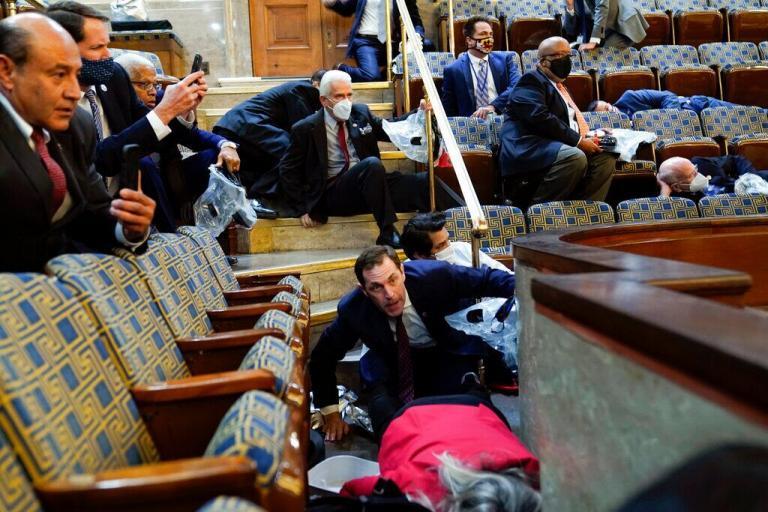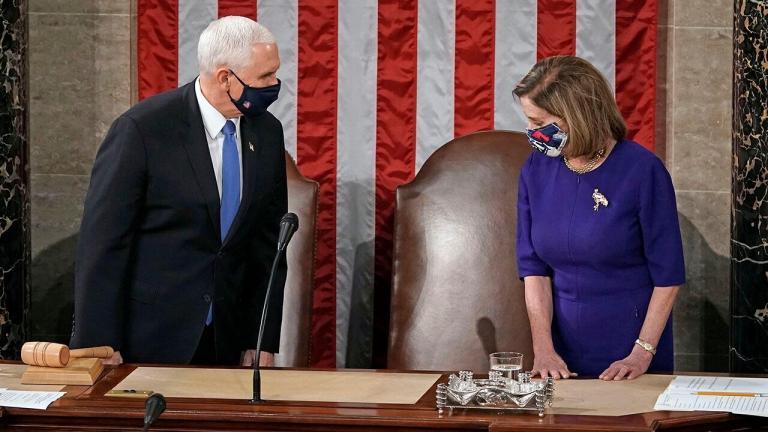
In recent times, newspapers have been filled with stories about the enormous changes to the property market brought about by the Covid pandemic.
“London falling”, reads one headline, warning that the “magnetism of living in the capital is losing its power“. Other articles echo this sentiment, highlighting the rise in demand elsewhere.
There have been predictions about what will happen next – some estate agents, for example, expect housing prices to flatline after the stamp duty holiday expires on March 31. It’s also clear that space will be a major factor in the future choice of home.
But overall it seems that no one truly knows what will happen next with housing, as so much is contingent on employment (especially whether working from home continues), travel restrictions and how quickly the economy bounces back.
I have a personal interest in housing trends and their implications, as one of the many who moved out of London during the pandemic.
At the beginning of 2020 I couldn’t have never imagined this situation; I loved having my own studio in Highbury and its convenient location, allowing me to rush off to different parts of London at a moment’s notice.
But when the Government started talking about lockdown, the flat started to look more like Islington’s equivalent of Harry Potter’s cupboard under the stairs. I was lucky enough to be able to pull the plug and move back to my parents’ house for the foreseeable future.
“For the foreseeable future” is an important notion to have in mind when assessing the housing situation, as it’s not obvious if we are seeing temporary movements – particularly with the drop in demand for London property.
A large part of this is the economic situation; people are losing their jobs, especially in hospitality and retail, or taking pay cuts, and unable to remain in the city because of rental costs. That said, there also seems to be a cohort of renters who are waiting for the green light to signal that it’s safe to come back.
One noteworthy development is the departure of 700,000 foreign-born residents from London, according to the government-funded Economic Statistics Centre of Excellence. Some attribute this movement to Brexit, but there are any number of reasons why this could have happened – even the simple desire to be with family in a pandemic. Balancing that, on Tuesday it was reported that nearly five million EU citizens had applied for British residency, demonstrating how strong the UK’s appeal remains, and that we can hope for the revival of our cities.
But some changes to the property market look as though they’re here to stay. One estate agent estimates that Londoners bought 73,950 homes outside the capital last year, and even more interestingly, nearly 40,000 property millionaires were created in the same period, in places such as Harrogate, Newcastle upon Tyne and Edinburgh. Zoopla has also reported that prices in the North West rose by five per cent and 3.6 per cent for the South West.
When I asked my Facebook friends their views on the housing situation, one said that lots of their pals had left the capital to cities and towns such as Sheffield and Burton. Another, a landlord, said that their Manchester properties had seen “mass notices and long void periods at the start [of the pandemic]” but “it’s now settled with lower rents, suggesting over supply.” Yet another, this time a tenant, pointed out that there’s now huge demand from couples for properties with gardens.
Personally I have found myself looking for a place in parts of the country I would have never considered before the pandemic. Having spent a day in Margate during the summer, it dawned on me what a good location in which to buy a home. Lots of people my own age are moving there and it’s not too far from London. Saying that, there is now much more choice in the capital – so I will probably resist the temptation of coastal living and head back.
What do all these trends mean for the Government? Before the pandemic hit, MPs had been arguing over a “housing algorithm” to decide where houses should be built, and whether it would lead to a surge of building in greenbelt constituencies (the model has since been changed to prioritise building in urban areas).
Watching the debate was frustrating as a 32-year-old; a reminder of the inertia around the housing crisis, while the people my age entertained growing concerns about our futures. Overall the problem has always seemed to me an issue of demand vastly outpacing supply in the South East (where jobs have been overly concentrated), and it’s up to the Government how it remedies that.
The Government may find it has inadvertently “levelled up” some of the differences in the housing market by ordering the nation to work from home. People are less restricted about where they need to live, and can even save money in transport fares. MPs have previously said they want to get people back to offices, as I’ve written before, but they should run with what’s happening – for example, it would help to boost internet connectivity around the country to improve people’s ability to work from home.
When it comes to levelling up, there is also some direct action being taken by the Government. Notably, the Treasury plans to move 22,000 civil services jobs from London to the North by 2030, which will help to redistribute the demand for properties in the UK.
Coming out of the pandemic is going to be painful – not least when the furlough scheme ends. Many have made huge sacrifices in the crisis – with the young taking the brunt of job hits. Paired with an existing housing crisis, the young need urgent support to afford them the opportunities which other generations took for granted (a home, a family, savings – the list is long).
When we come out of this crisis, the Government should not try to restore things to the way they were – rather it should recognise that there is a new reality to which it should adapt.
Originally found on Conservative Home Read More







